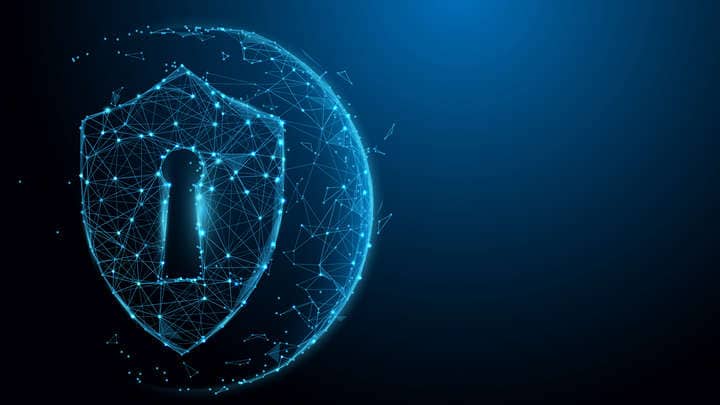If you have Wi-Fi in your home, don’t think you aren’t vulnerable because it’s a private network. Even though the network is encrypted, you’re still exposed to cybersecurity threats. It’s important to understand information security risks and some ways to protect your network from these potential risks.

What Is Information Security?
Information security is the damage that a cyber-security breach can cause to your company. Information security risk can be classified in monetary and non-monetary terms. Monetary terms measure the financial effects of a breach on your company’s assets. Non-monetary terms measure the reputational, political, legal, and strategic implications of a cyber-security breach.
It’s essential to differentiate between risk and threat. Risk is the term used for something that could or couldn’t happen. On the other hand, a threat is an actual danger. A good example is crossing a busy street. When crossing this street, you’ll likely be hit by a vehicle. You can manage the risk by crossing only when the road is clear. A threat arises when a car is headed your way when you’re crossing and is likely to hit you. It’s challenging to manage threats.
What Is The Function Of Your Router?
To understand how to keep your home Wi-Fi secure, you need to know how a router works. First, routers are gateways used to connect a cable modem to a network. Routers also act as wireless access points for connecting Wi-Fi devices.
Many routers also come with Ethernet ports, in which case they act as a network switch or hub. You can get an all-in-one modem which also has Wi-Fi capability. However, most of these routers have low speed and lack the security features that standalone routers have.
How To Secure Your Home Wi-Fi
It doesn’t matter whether you don’t have any background in Information Technology. The following few tips can help you secure your Wi-Fi from cyber-criminals.
1. Encryption
If you have not encrypted your home Wi-Fi network, encrypt it. If your router uses WEP, change that to WPA or WPA 2. Wi-Fi routers have some form of encryption that scrambles data sent online. There are different types of encryption. Make sure you choose the strongest encryption format. WPA is also known as Wi-Fi Protected Access, is the current encryption standard. Avoid WEP, also known as Wired Equivalent Privacy, because it’s outdated and comes with serious vulnerabilities. To check that your VPN is not leaking your private info, such as your IPv6 address, test it here.
You can also choose to look for the best proxy sources here. Or click here for it.
2. Router Password
When you buy a router, it comes with a default password. These default passwords are easy to guess. If a hacker guesses the password correctly, they could easily access your router setting, including your security keys.
3. SSID Name And Broadcast
The SSID stands for Service Set Identifier. It’s the network name given to your router. Many routers assign the brand name of the router as the SSID. Anyone can spot such an SSID, and this makes it easier to hack your network. This is because your Wi-Fi router broadcasts its SSID to everyone. For home networks, there’s a high chance someone will spot your network and attempt to breach it. With most Wi-Fi routers, you have the option of switching off the SSID broadcast.
4. Router’s Firewall
Routers have firewall capability; however, you can turn off this setting. Ensure you turn off this setting. You should also ensure all computers on the network use anti-virus software and a firewall.
5. Mac Address Filtering
Every computer consists of a unique identifier known as a MAC address. This address enables the Wi-Fi router to track all the computers connected to them. With many Wi-Fi routers, you can manually fill in the MAC address of the device you want connected to the network. This helps you keep out other people from your network. This practice is called MAC address filtering.
6. Remote Administration
Many routers allow the administrator to connect to the network remotely. You should disable this setting if it’s inappropriate for you. Hackers usually exploit this feature. You can change the settings by connecting a network cable from the router to your computer.
7. Virtual Private Networks
A VPN is a series of networks or computers that are linked over the internet. VPNs help secure and encrypt communications. Whenever you’re connected to a VPN, you’ll have a VPN client on your computer. You’re supposed to log in to the VPN client. Your computer will exchange data with another computer. When the computers acknowledge the authenticity of each other, your internet communication will be encrypted and secured from unauthorized access.
In Conclusion
Many people are familiar with the potential risks of public Wi-Fi networks, but few are aware of the vulnerabilities of home networks. Familiarizing yourself with information security is the first step towards securing your home Wi-Fi. You need to understand how a router works and take the steps highlighted above to make your home internet connection safe.

